Physics graduate students Luca Agozzino and Evan Philip do not have any previous experience with astronomy or photography. But a single long exposure shot with a newly-purchased Canon SL1, and the two were seeing stars.
Luca and Evan worked on a personal project pursuing this interest, constructing it from its base materials, right here in the Innovation lab.
Night sky landscapes and photography are difficult to capture perfectly, even with the best settings and cameras. The right atmospheric conditions need to be present, with a location where lights and objects (such as trees) will not obstruct the view.
One clear night around Christmas 2016, Luca and Evan, who live in the same house off-campus close to the Stony Brook, were testing out the new camera. They pointed it upwards, at the sky, expecting just a black screen playback.
“We put the setting on for 30 seconds, and saw that it [the result] was really amazing. You don’t need fancy equipment for this,” Evan said, “but you need a tracker, or you will only see lines.”
The problem with taking pictures of these night landscapes is the rotation of the Earth. When looking up at stars in the night sky, they change position over time because the Earth is turning, which drives our 24-hour day-to-night period. As a result, when long-exposure shots are taken, depending on the amount of time, “star trails”, lines of these “moving” stars begin to appear in the photograph.
To counter this, “star-trackers” exist for this niche of astro-imaging, often being on the high-end scale of photography equipment, costing at least several hundred dollars. The two decided that they could build something they could use the same way, but wouldn’t be out of reach for a graduate student budget. “It’s a camera on a box!” Evan said.
Luca describes it as, “a barn-door sky tracker to do astrophotography; it is a device which can hold a camera and at the same time make it rotate around an axis which is parallel to the Earth rotation axis, which is fundamental if you want to photograph stars and planets at long exposure and avoid trails.”
The personalized sky tracker was built with a wooden box that was purchased off Amazon for about ten dollars, and assembled in the Innovation Lab. To construct it, a mount with a screw underneath that could move and bend was installed to hold the camera inside. An old table lamp was used as a tripod. The lab’s 3D printers were used to custom print the gears. Here, they also programmed the Arduinos controlling the attached motor that allowed the box to open very precisely such that 360 degrees would be covered over 24 hours.
Luca Agozzino working on his project.
Evan said, “In both cases I realized them for the fun of a DIY project and because buying them would have costed me several hundred dollars, without any possibility of personalization. The Innovation Lab was crucial to realize it, because I needed 3D printed components (though I wish I could set up the printing myself to fine tune it) and especially to solder all the parts.”



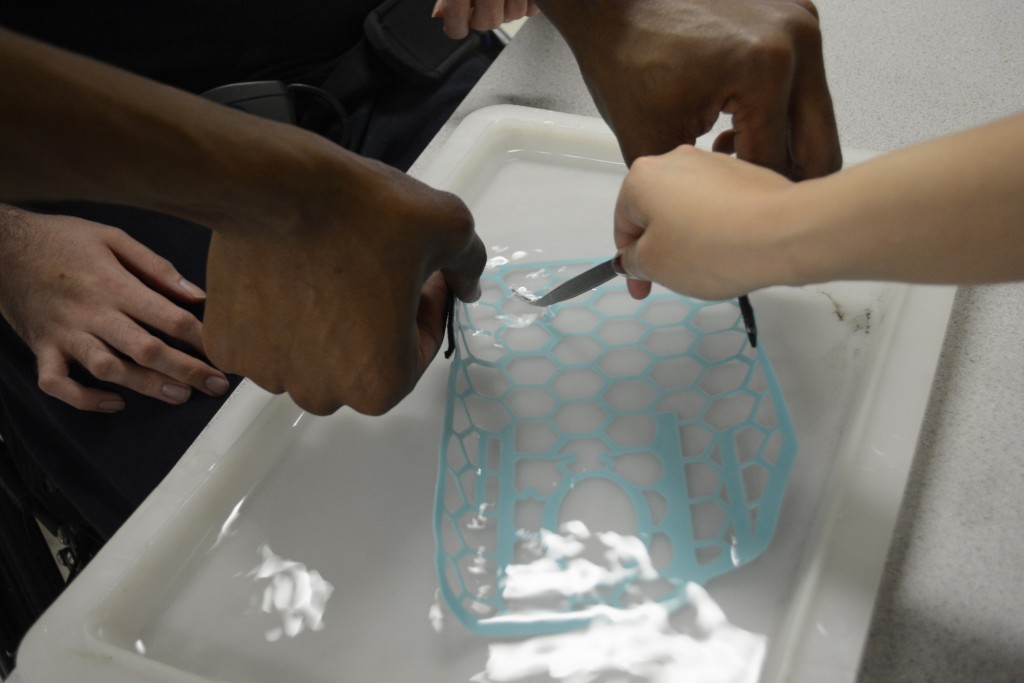


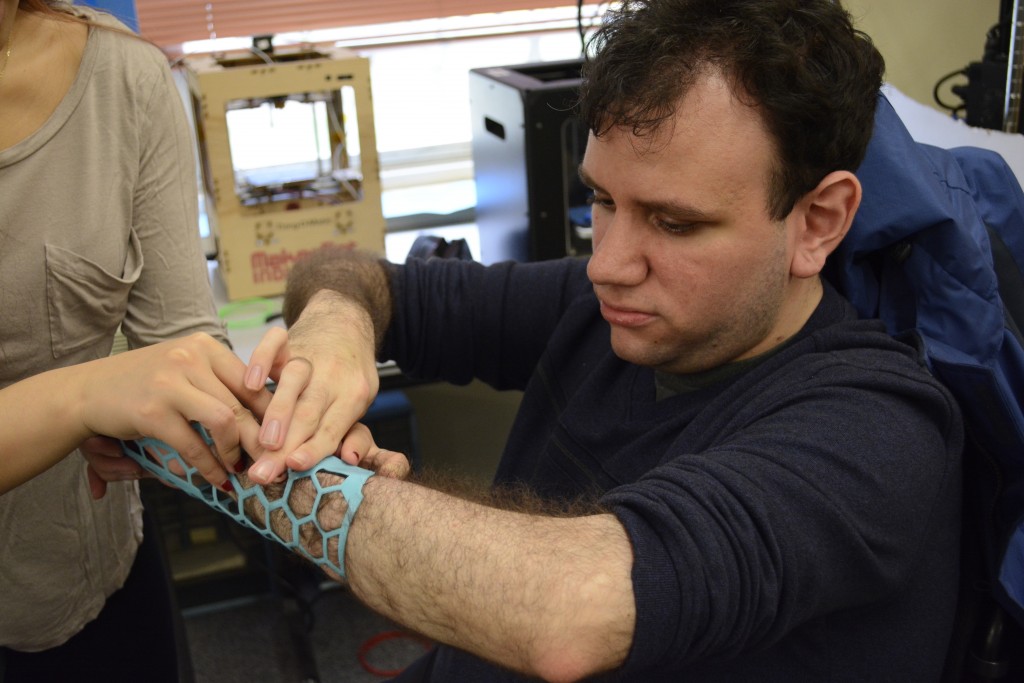



![[ File # csp7403202, License # 3176625 ] Licensed through http://www.canstockphoto.com in accordance with the End User License Agreement (http://www.canstockphoto.com/legal.php) (c) Can Stock Photo Inc. / alexmillos](https://you.stonybrook.edu/researchtech/files/2016/03/UserManual-832x1024-v2cjqf-832x1024.jpg)

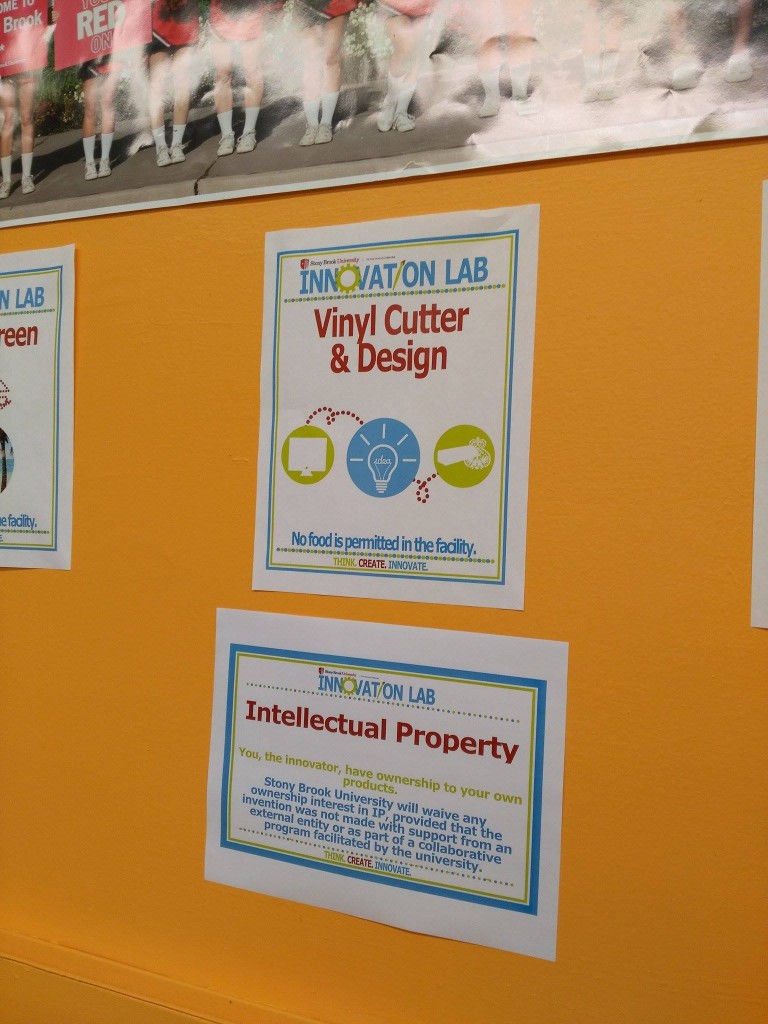
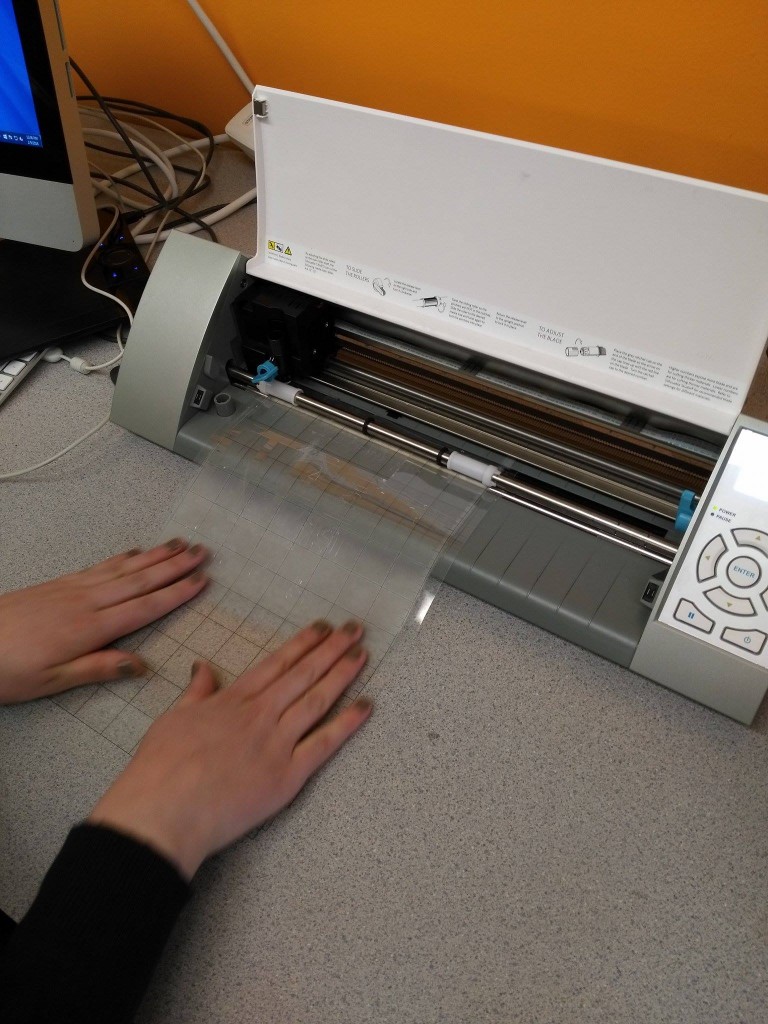



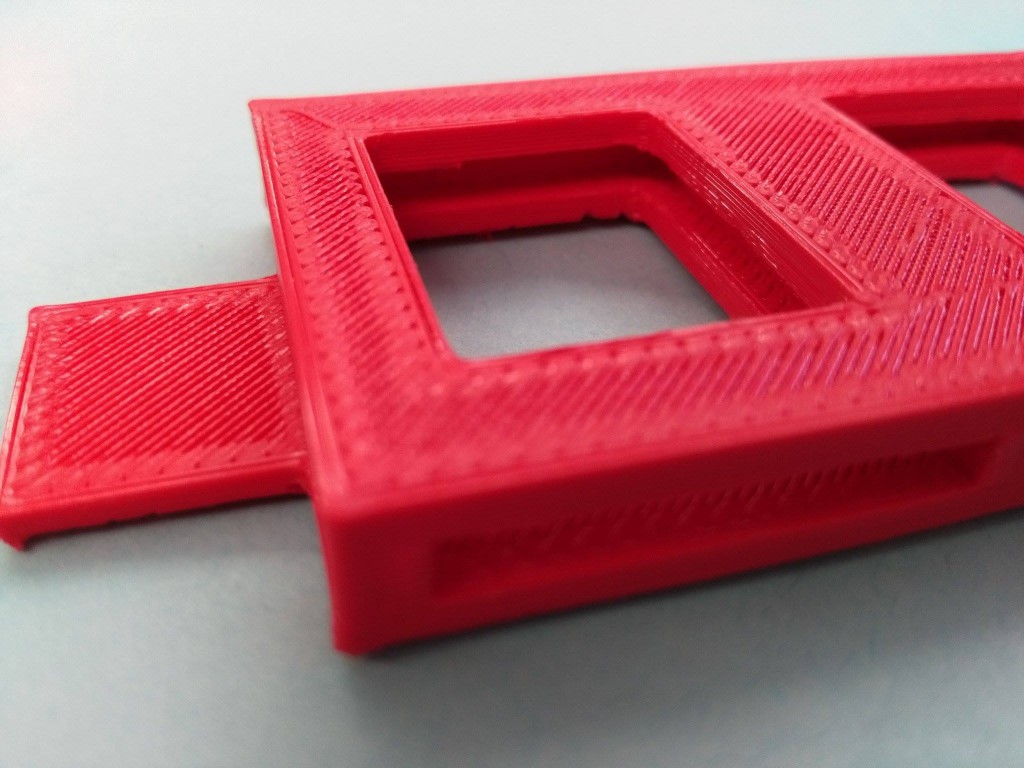


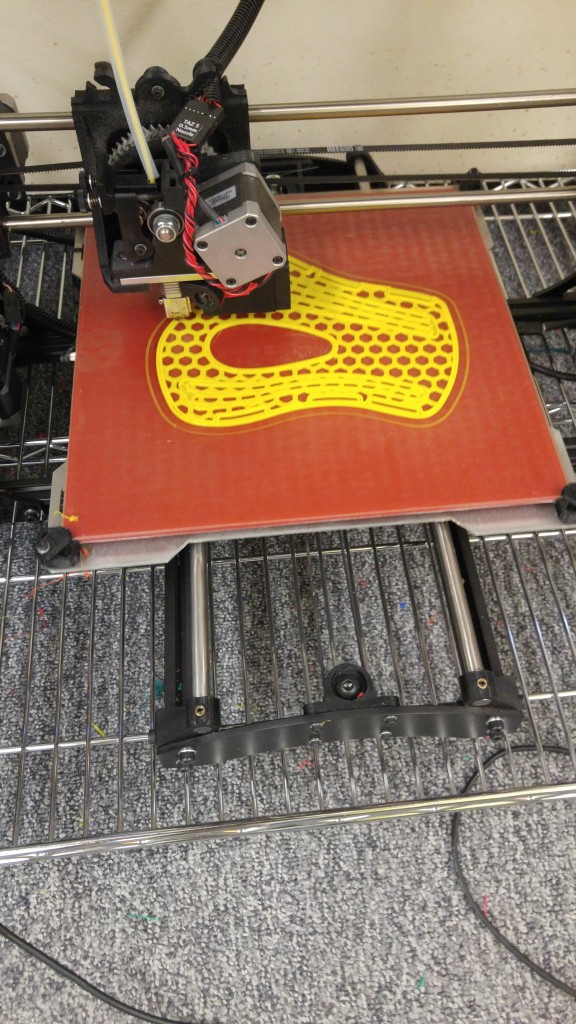
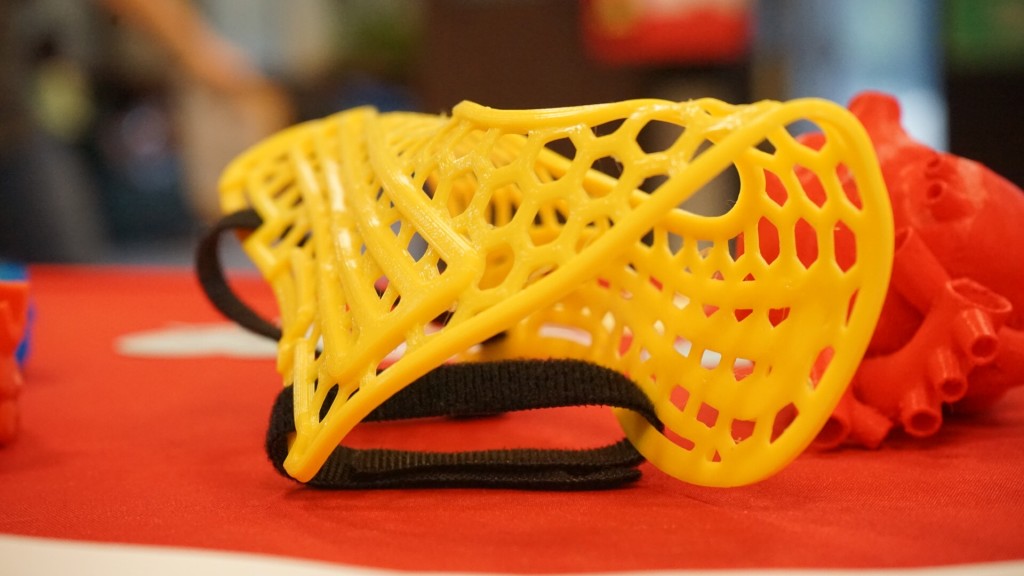


![IMG_20151111_155831[1]](https://you.stonybrook.edu/researchtech/files/2015/12/IMG_20151111_1558311-22njazr-1024x768.jpg)
![IMG_20151111_160415[1]](https://you.stonybrook.edu/researchtech/files/2015/12/IMG_20151111_1604151-o7rdpu-1024x768.jpg)
![IMG_20151111_160029[1]](https://you.stonybrook.edu/researchtech/files/2015/12/IMG_20151111_1600291-1glfut9-1024x768.jpg)
![IMG_20151111_155640[1]](https://you.stonybrook.edu/researchtech/files/2015/12/IMG_20151111_1556401-o5i45h-e1449087772699-768x1024.jpg)